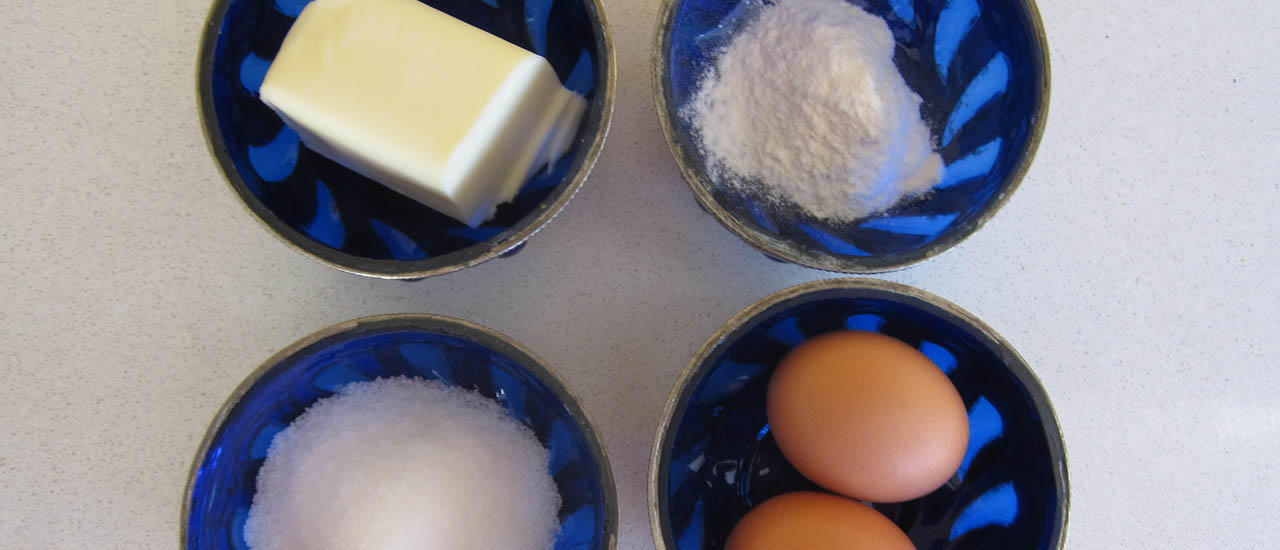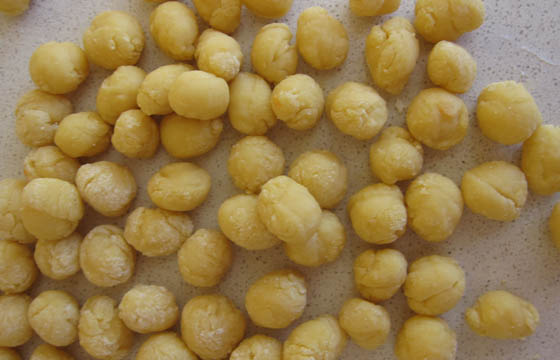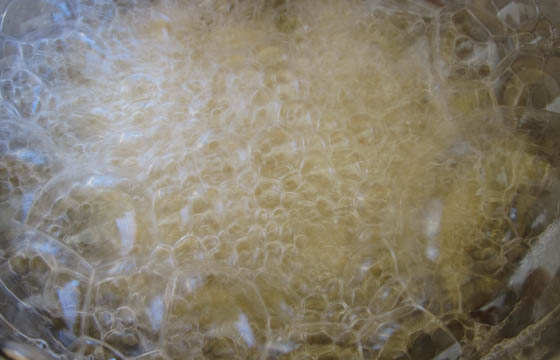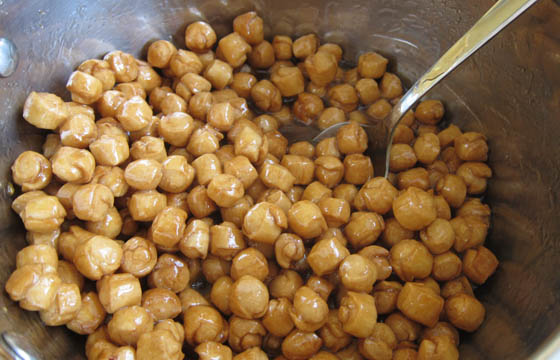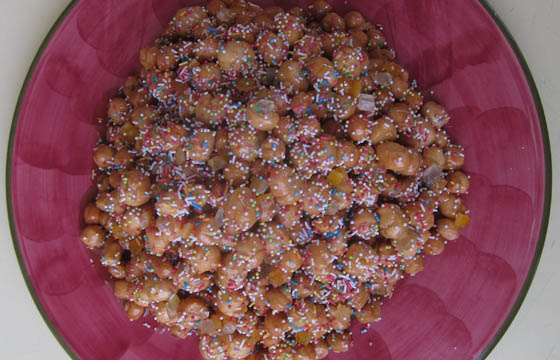Struffoli
Recipe by Eva Scialò
Few dishes are as significant as “struffoli” - at least in the Neapolitan area. These fried sweet balls of dough covered with honey and sprinkles immediately evoke Christmastime and represent a pleasant divertissement at the end of meals or on festive afternoons, when one portion leads to another, perhaps paired with a good glass of dessert wine. “Struffoli” were introduced by the Greeks, in very ancient times, when Parthenope belonged to Magna Graecia; in fact, the etymology of the word “struffoli” apparently derives from "strongoulos", that is "rounded", and even today, in Greece, people still prepare a very similar dessert, but made with more elongated shaped balls, called "loukoumades" (delicacies). The dessert spread throughout Southern and Central Italy, undergoing slight variations, so in Lazio and Abruzzo it is called “Cicerchiata”, due to the shape of the balls being very similar to that of “Cicerchie” (grass peas) and “Cicerata” in Basilicata and Calabria, while in Sicily it loses an f, becoming “Strufoli”.
 Ingredients for the dough:
Ingredients for the dough: 500 g of flour
500 g of flour 100 g of sugar
100 g of sugar 30 g of butter
30 g of butter 4 eggs
4 eggs 1 small glass of Strega Liqueur
1 small glass of Strega Liqueur 1 pinch of salt
1 pinch of salt the grated zest of one lemon
the grated zest of one lemon Ingredients for the garnish:
Ingredients for the garnish: 200 g of honey
200 g of honey 1 small bag of coloured sprinkles
1 small bag of coloured sprinkles 1 small bag of long colored sprinkles
1 small bag of long colored sprinkles 50 g of candied orange, citron and pumpkin
50 g of candied orange, citron and pumpkin